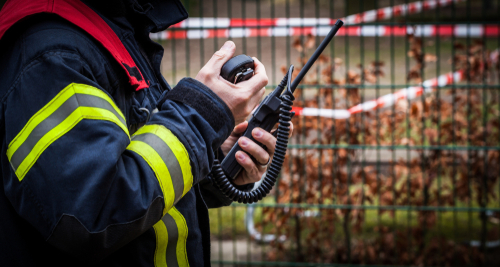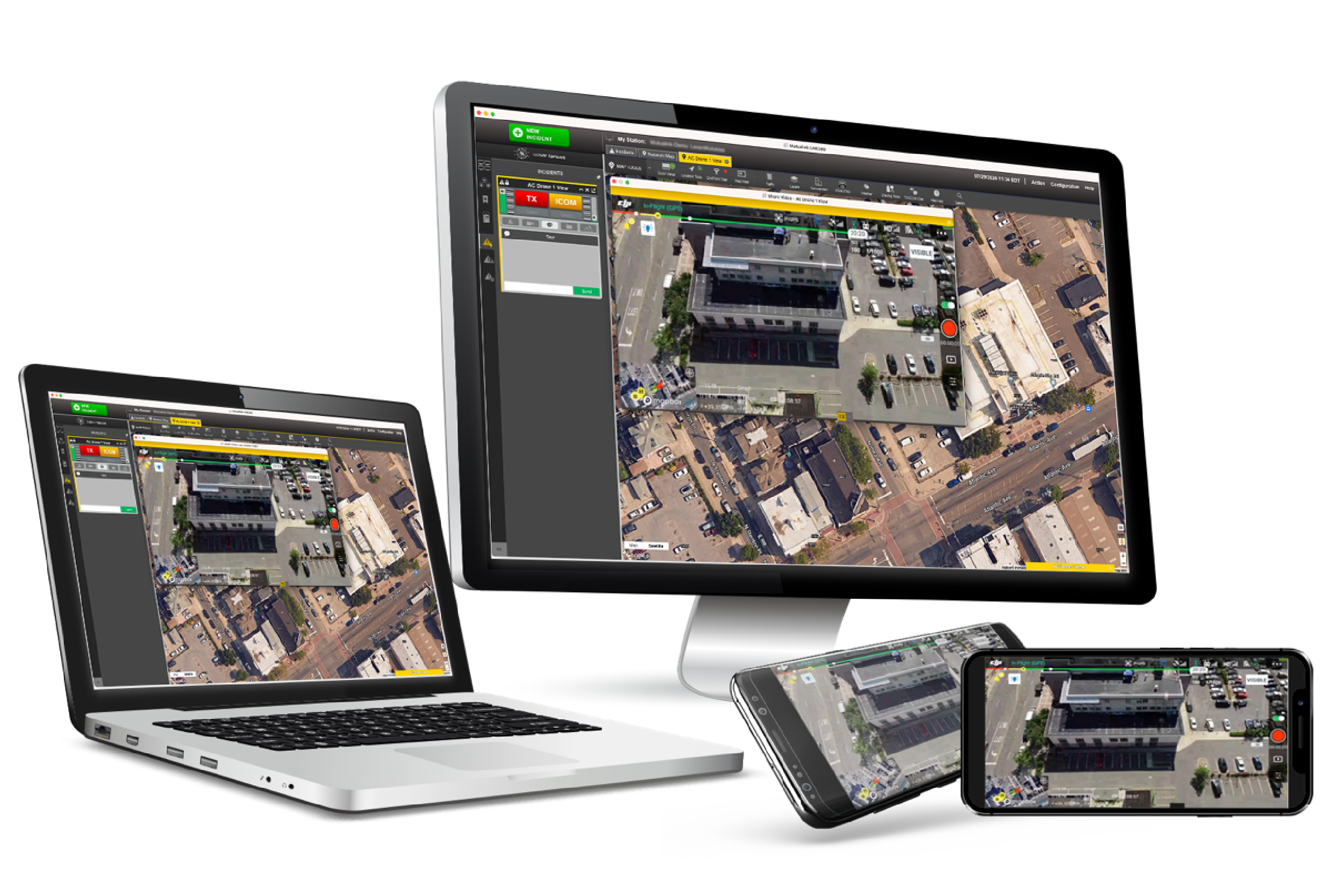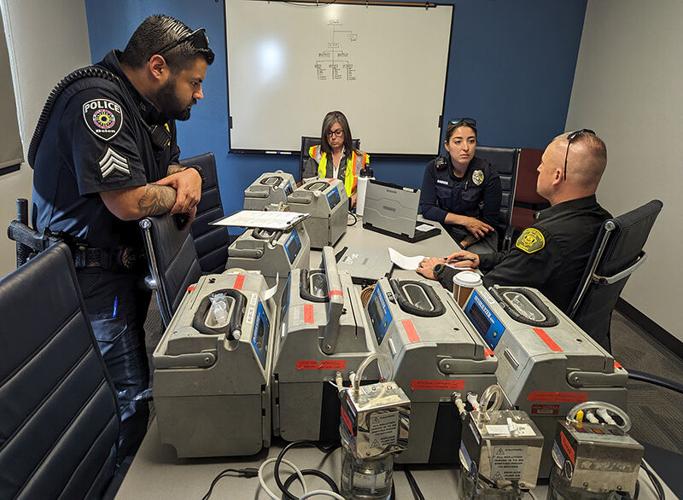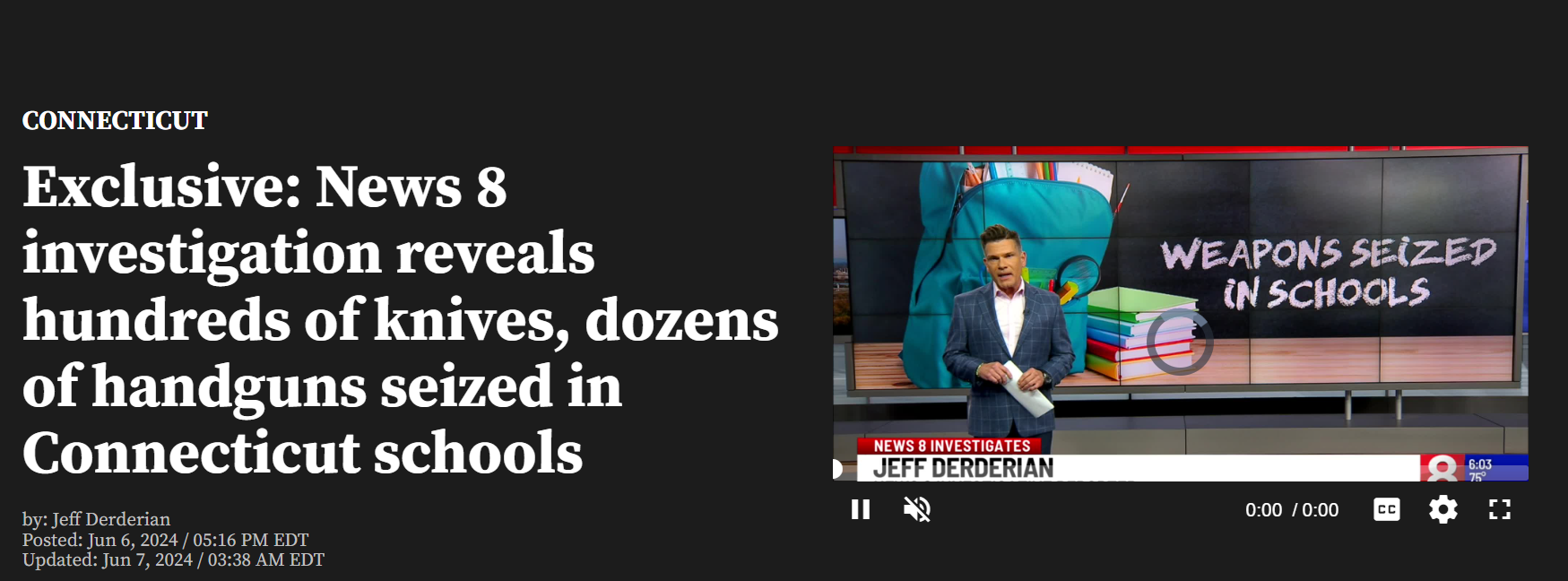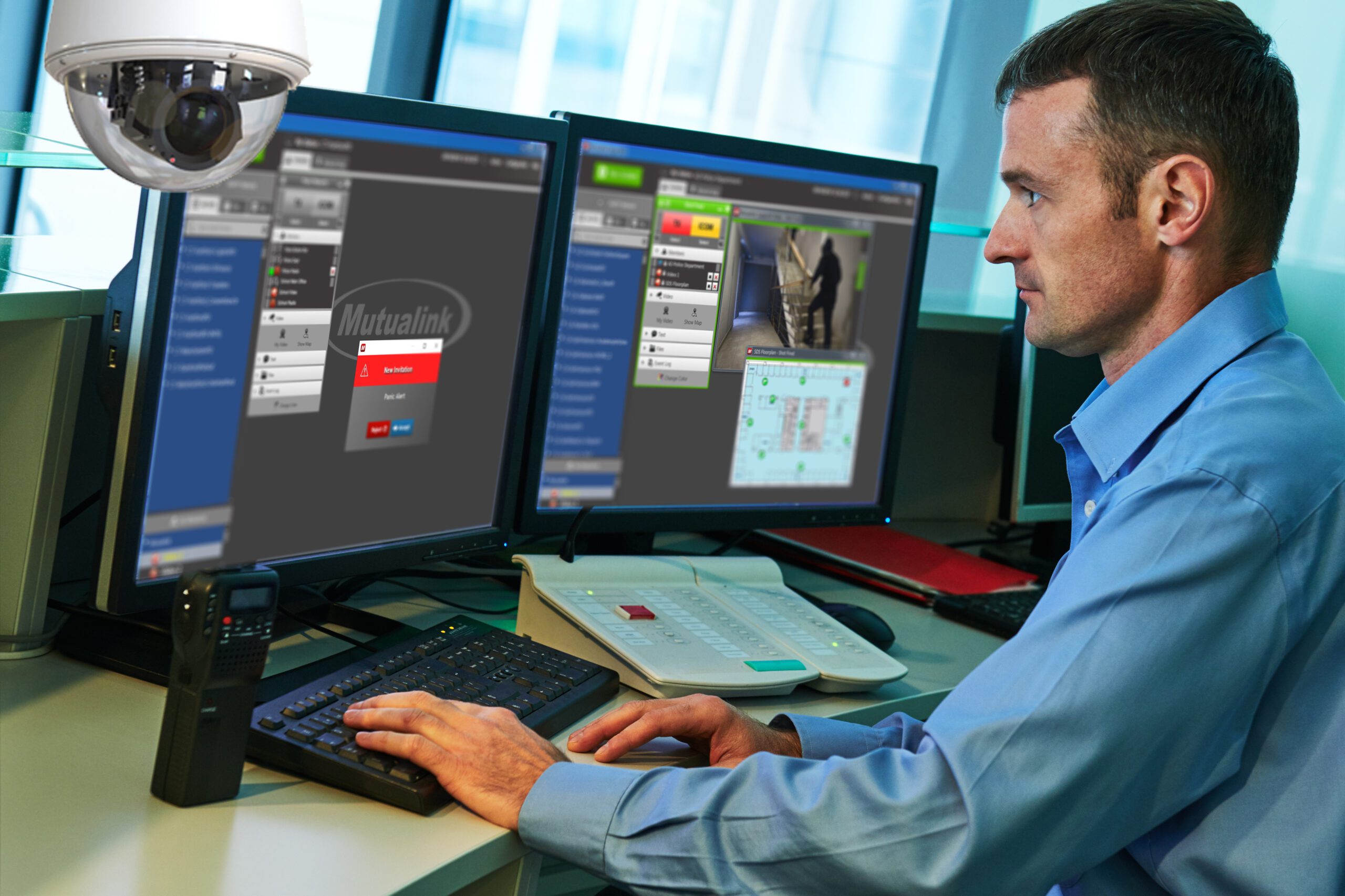10/22/2018
Valerie Amato, EMT
When a mass casualty incident (MCI) occurs and requires mutual aid, efficient interagency communication is crucial to ensure operations go smoothly. Unfortunately, this is not always the case. Differing radio systems from multiple jurisdictions can cause a frenzy of communications between first responders via multiple radios and cell phones. This disorganization can make an already-complicated incident messier and harder to manage. To help allay the stress associated with this issue, Mutualink, Inc. developed a system that provides dependable interagency communications and secure data-sharing capabilities.
“Mutualink is specifically designed to facilitate the sharing of information between multiple public safety agencies and allows for shared situational awareness,” says Joe Boucher, chief technology officer of Mutualink. Boucher is also a former EMT and firefighter, a key reason he got involved with the company: “I really understood how the technologies I was familiar with could be applied to the public safety space because I knew some of the needs firsthand. That’s been very valuable in creating this product.”
Boucher says the 9/11 attacks highlighted the lacking capabilities of first responder agencies to safely and reliably share information during critical incidents, and many other agencies’ after-action reports cite poor communication among their biggest hurdles. This consistent obstacle in public safety inspired the creation of Mutualink, Inc. circa 2006. Its platform features push-to-talk voice communication, live video, and instant data-sharing that multiple agencies can utilize simultaneously by connecting all their radio systems, including phone and PA systems. It also connects the agencies to their dispatchers and municipal, state, and even federal EOCs (the Department of Homeland Security and Department of Defense regularly employ the Mutualink system in their operations). Agencies can access these components via smartphone, tablet, or PC.
Improving Interagency Communications
Boucher says responders are beginning to understand why video interoperability is so advantageous during an incident. During large events, aerial assets such as helicopters and drones provide a helpful overhead view of the scene through a video feed, but this feed is limited in its availability. An incident commander from the state police can view the video from his department’s helicopter on his laptop, but everyone else is in the dark until the information is relayed to all agencies. Mutualink can make that feed available to everyone simultaneously to prevent a delayed delivery of critical information.
Another advantage is the location-sharing capability. A loss of situational awareness is often caused in part by an incident commander not knowing where their crews are located, says Boucher. Agencies with smartphones, LMR radios, and location TPS capabilities can have their personnel brought into view for incident commanders to keep track of.
“The combination of voice interoperability, video interoperability, and location sharing has proven invaluable for agencies who have been using this in a number of real-world environments,” says Boucher.
If those features weren’t enough, the Mutualink platform also boasts texting and file-sharing capabilities, the latter of which can be useful in incidents like school shootings, when a school can instantly share live video and floor plans with responding agencies so crews know exactly where they need to go.
“Between floor plans and video feeds, it can greatly enhance their response capabilities. There have been a number of school safety drills that have shown a marked decrease in response time or time to resolution of the event by using those capabilities,” Boucher says.
EMS providers can also utilize the file-sharing feature to send patient data to receiving hospitals during patient transport, including live video to correspond with an ER triage nurse or doctor, for example, acting as a telemedicine platform.
“We can bridge all this together, and you can keep using your existing applications. That’s pretty critical to what we call enabling ubiquitous interoperability, because you can’t have ubiquitous interoperability unless you can connect everybody together,” says Boucher.
Prioritizing Safety
Mutualink also improves the safety of first responders and their operations. Video feeds are especially beneficial to safety during fires; for example, firefighters scattered around a building can use their smartphones to see a live overhead view of the scene, helping them assess where they are in or around a structure and make better assessments of their surroundings.
Reliability is another key pillar of Mutualink. The platform isn’t entirely cloud-based, so agencies don’t have to worry about losing local usability like they would with other interoperability platforms if the cloud can’t be accessed. With the most stringent industry practices and standards engineered into all products to support DHS and DoD clients, Mutualink provides all public safety agencies with a platform that can be trusted.
“Security is one of our fundamental tenets for the design of our system because […] security is of paramount importance” when multiple agencies are communicating sensitive information, Boucher says. “Everything in our system is fully encrypted and mutually authenticated.”
Mutualink has contributed to the successful operations of many well-known events, such as the Miracle on the Hudson, when it was employed by the Jersey City (N.J.) EOC and northern New Jersey hospitals; President Barack Obama’s first inauguration (the system was installed at the Pentagon, National Mall, and Metro Transit PD in Washington, D.C.); multiple Super Bowls; the Boston Marathon (post-2013 bombing); wildfires; and Hurricane Sandy, when New Jersey and New York law enforcement agencies received live video from Atlantic City hospitals and casinos on the shoreline to help them maintain situational awareness.
Boucher encourages public safety agencies to implement the Mutualink system, as he finds they often discover their established MCI communication plans only work to the extent they planned for. “Any event beyond a certain size, all hell breaks loose,” he notes. “They realize their plans are really not adequate for the size of what’s occurring.”
He says, unfortunately, agencies that deal with school shootings often report this problem in their after-action reports because they weren’t able to simulate and train for the volume of responders that arrived on scene.
“One of their [incident commanders’] base difficulties is actually managing the first responders because they’re responding from all kinds of different agencies,” Boucher says. “Generally, their plans are good for a certain scale, and beyond that it’s unmanageable. That’s one of the things we try to solve with our system.”
